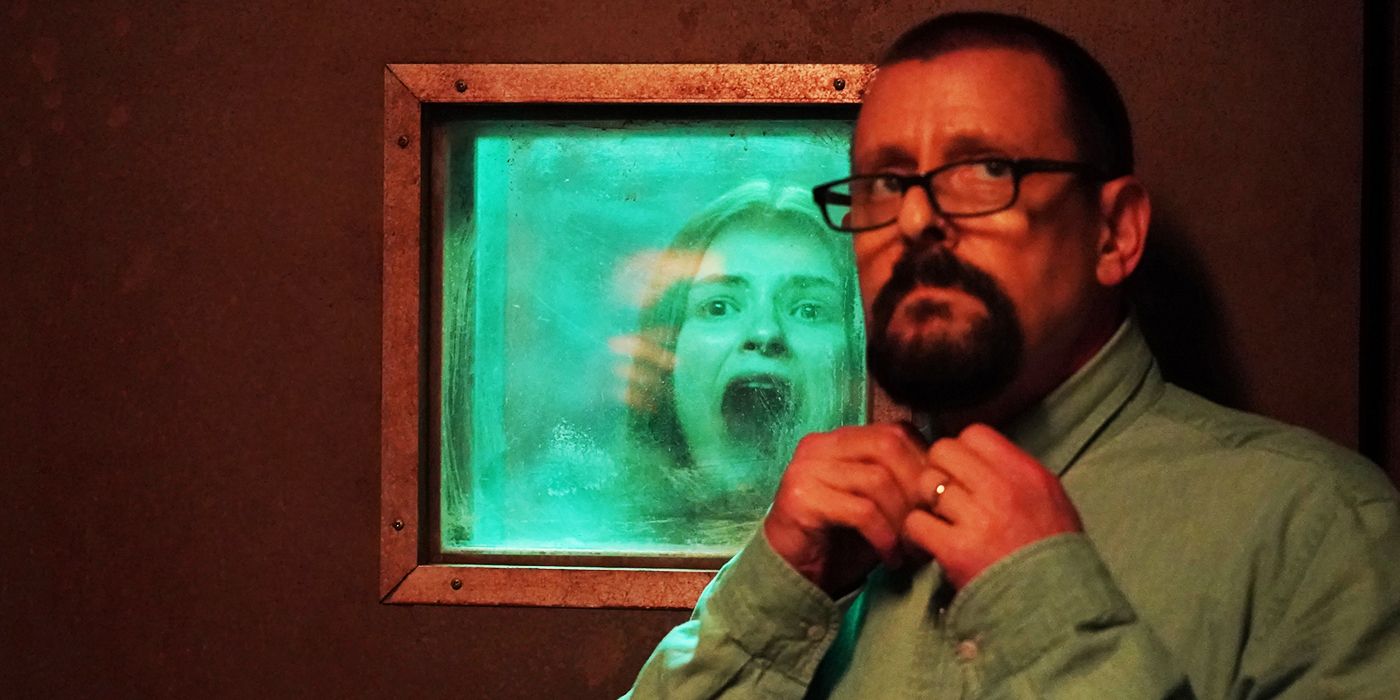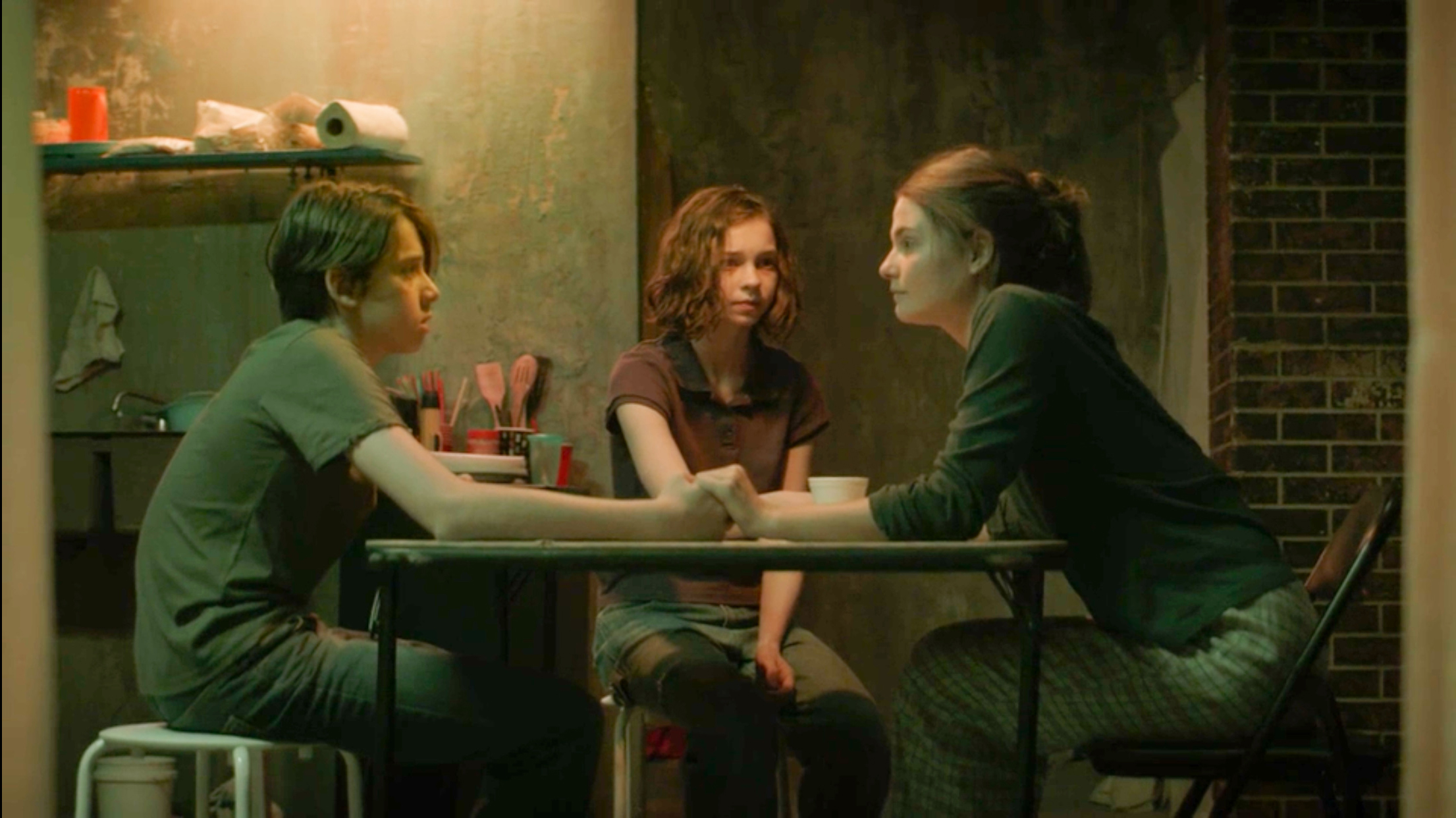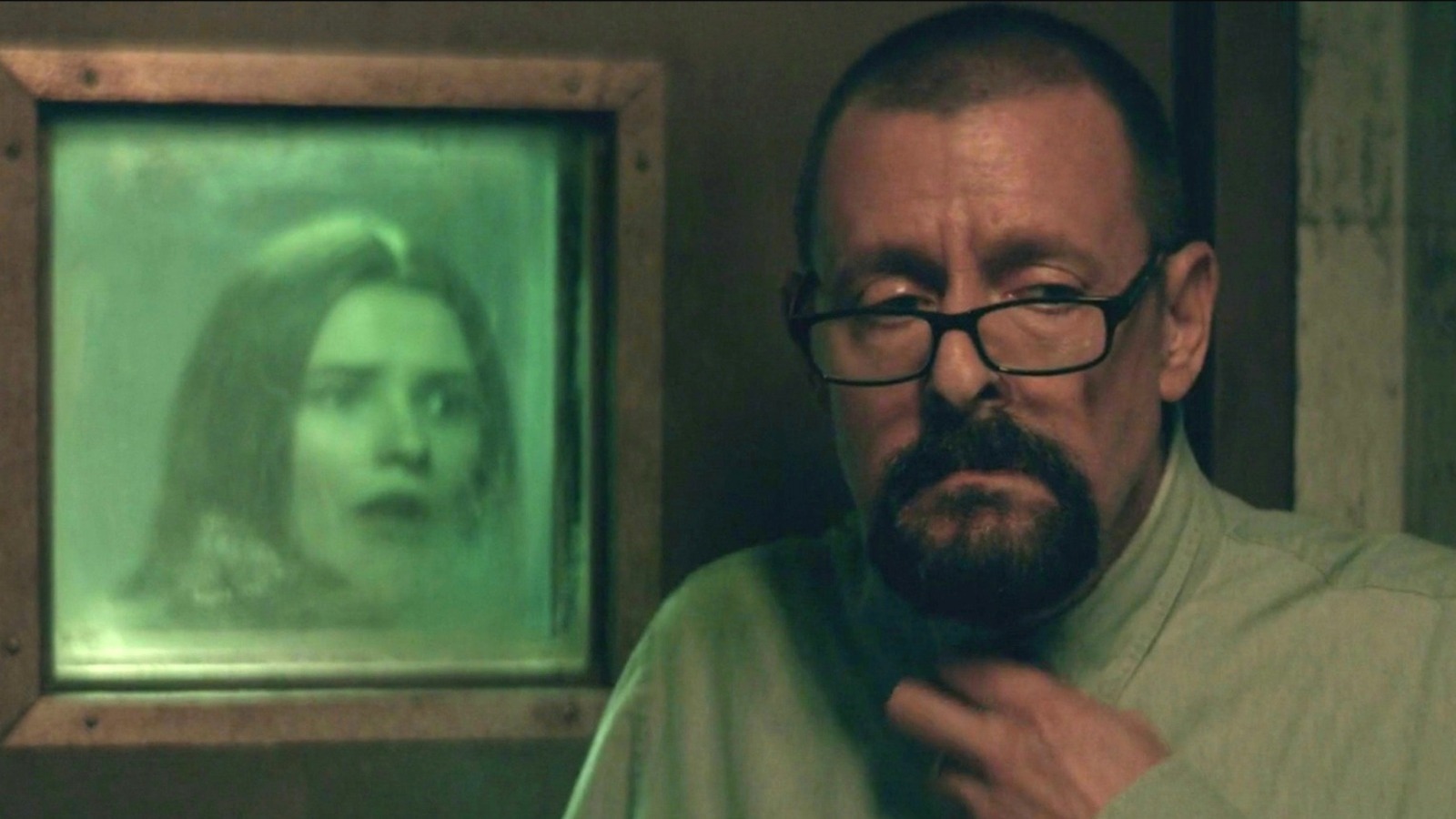There’s something about true crime stories that leaves us glued to every detail, and the "girl in the basement" saga is one of those jaw-dropping narratives that will haunt you long after you’ve finished reading. The story is both chilling and deeply human, a tale of survival against all odds. It’s not just about the horror of being trapped—it’s about resilience, hope, and the fight for freedom. So buckle up because this is one story you won’t forget anytime soon.
The phrase "girl in the basement" has become synonymous with some of the darkest chapters in human history. It’s not just a story; it’s a reminder of how far people can fall into darkness when their moral compass fails them. But it’s also a testament to the strength of the human spirit. This article dives deep into the true story behind the headlines, exploring the facts, uncovering the truth, and giving you a perspective you might not have seen before.
Before we dive into the nitty-gritty, let’s set the stage. Imagine being locked away in a dark, damp basement for years on end, cut off from the outside world, with no idea if anyone will ever find you. That’s the reality faced by many victims in these types of cases. It’s harrowing, but it’s also a story of triumph. And trust me, there’s a lot more to it than what you’ve seen on TV or read in tabloos headlines.
Read also:Unraveling The Age Of Pierce Brosnan A Journey Through Time
Who is the Girl in the Basement?
Let’s start with the basics. The "girl in the basement" isn’t just one person—it’s a term that’s been used to describe multiple cases where young women were held captive in basements for extended periods. But one of the most infamous cases revolves around Elisabeth Fritzl, an Austrian woman whose story shocked the world in 2008. She was held captive by her own father in a specially constructed basement for 24 years. Yeah, you read that right—24 years.
Elisabeth’s story is often cited as the quintessential "girl in the basement" case, but it’s far from the only one. There are countless others around the world, each with its own tragic twists and turns. In this section, we’ll break down the key details of Elisabeth’s case and explore why it resonates so deeply with people.
Elisabeth Fritzl: The Facts
Elisabeth Fritzl was born in 1974 in Amstetten, Austria. In 1984, at the age of 18, she was locked away in a basement by her father, Josef Fritzl. For the next two decades, she lived in complete isolation, subjected to unimaginable horrors. During her captivity, she gave birth to seven children, all fathered by Josef. Three of these children were kept in the basement with her, while the other four were raised by Josef and his wife, who believed they had been abandoned as orphans.
It wasn’t until 2008 that Elisabeth’s ordeal came to light. A medical emergency involving one of her children forced Josef to seek help, leading to the discovery of the basement dungeon and the shocking truth about what had been happening under their noses for so long.
Biography: Elisabeth Fritzl
Basic Information
| Full Name | Elisabeth Fritzl |
|---|---|
| Birth Date | April 28, 1974 |
| Place of Birth | Amstetten, Austria |
| Years Held Captive | 1984–2008 (24 years) |
| Number of Children | 7 |
This table gives you a snapshot of Elisabeth’s life, but there’s so much more to her story than just the facts. Her experience is a powerful reminder of the resilience of the human spirit and the importance of speaking out against abuse in all its forms.
What Happened in the Basement?
Now, let’s talk about the actual basement where Elisabeth was held. It wasn’t just any old basement—it was a meticulously designed prison, complete with cameras, locks, and even a ventilation system. Josef Fritzl went to great lengths to ensure that his daughter would remain trapped, hidden from the world. The basement was soundproofed, making it impossible for anyone outside to hear her cries for help.
Read also:Tiktoker Stumbles Into A Millionaires Secrets In A Secondhand Hard Drive Heres His Moral Dilemma
Inside the basement, Elisabeth lived in constant fear. She was subjected to physical and emotional abuse, and her only contact with the outside world was through Josef, who controlled every aspect of her life. Over time, she created a routine to cope with her situation, finding small ways to maintain her sanity despite the unimaginable circumstances.
Life in Captivity
- Elisabeth spent most of her time in a small, dimly lit room.
- She was allowed limited access to a kitchen area and a bathroom.
- Her children were raised in the basement, with no knowledge of the outside world.
- Josef provided her with basic necessities but kept her completely isolated.
It’s hard to wrap your head around how someone could live like this for so long, but Elisabeth’s story is a testament to the strength of the human spirit. She didn’t just survive—she thrived, raising her children with love and care despite the circumstances.
How Was Elisabeth Rescued?
The rescue of Elisabeth Fritzl was nothing short of miraculous. In 2008, one of her children fell ill and required medical attention. Josef, realizing he had no choice, sought help from a hospital. When the doctors asked questions about the child’s background, Josef’s story began to unravel. A routine investigation led to the discovery of the basement and the shocking truth about Elisabeth’s captivity.
When authorities entered the basement, they were horrified by what they found. Elisabeth and her three children were finally free after 24 years of unimaginable suffering. The world watched in disbelief as the story unfolded, with many wondering how something like this could happen in modern times.
The Aftermath
Following her rescue, Elisabeth faced a long and difficult road to recovery. She and her children were placed in a safe house, where they received counseling and support. The case sparked a global conversation about abuse, isolation, and the importance of speaking out against injustice.
Josef Fritzl was sentenced to life in prison without the possibility of parole. His wife, who had been unaware of his crimes, divorced him and later passed away. The case remains one of the most infamous in modern history, a stark reminder of the darkness that can lurk beneath the surface of everyday life.
Why Does This Story Resonate So Strongly?
There’s something about the "girl in the basement" story that strikes a chord with people all over the world. Maybe it’s the sheer audacity of the crime, or maybe it’s the resilience of the victim. Whatever the reason, Elisabeth’s story has left an indelible mark on society, prompting us to ask tough questions about abuse, isolation, and the systems that allow such atrocities to occur.
For many, the story serves as a wake-up call. It’s a reminder that abuse can happen anywhere, even in the most seemingly normal families. It’s also a call to action, encouraging people to speak out against injustice and support those who have been silenced.
Lessons Learned
- Abuse can happen in any family, regardless of social status or background.
- Victims need support, not judgment, as they navigate their recovery.
- Speaking out against injustice is crucial to preventing future cases.
Elisabeth’s story is a powerful reminder that even in the darkest moments, there’s always hope for a better future.
Other Cases: The Broader Context
While Elisabeth Fritzl’s case is one of the most infamous, it’s far from the only one. There are countless other "girl in the basement" stories around the world, each with its own unique set of circumstances. From Jaycee Dugard in the United States to Natascha Kampusch in Austria, these cases highlight the prevalence of abuse and the need for greater awareness and action.
What sets these cases apart is the sheer length of time the victims were held captive. In many instances, the perpetrators went to great lengths to hide their crimes, using technology and manipulation to keep their victims isolated. The stories are harrowing, but they also offer a glimmer of hope, showing us that even in the darkest moments, there’s always a chance for redemption.
Comparing Cases
- Jaycee Dugard was held captive for 18 years in California.
- Natascha Kampusch was held for 8 years in Austria.
- Elisabeth Fritzl’s captivity lasted 24 years, making it one of the longest cases on record.
Each of these cases adds to our understanding of the complexities of abuse and the resilience of the human spirit.
Impact on Society
The "girl in the basement" story has had a profound impact on society, sparking conversations about abuse, isolation, and the systems that allow such crimes to occur. It’s led to changes in laws and policies, as well as increased awareness and support for victims. But there’s still a long way to go.
One of the biggest challenges is breaking the silence that surrounds abuse. Many victims are too afraid to speak out, fearing retaliation or disbelief. That’s why it’s so important to create safe spaces where people can share their stories without fear of judgment or reprisal.
Supporting Victims
- Encourage open conversations about abuse and its effects.
- Provide resources and support for victims and their families.
- Advocate for stronger laws and policies to protect vulnerable individuals.
By working together, we can help prevent future cases and support those who have been affected by abuse.
Conclusion: What Can We Learn?
The "girl in the basement" story is more than just a true crime tale—it’s a powerful reminder of the strength of the human spirit and the importance of speaking out against injustice. Elisabeth Fritzl’s resilience in the face of unimaginable horrors is a testament to the power of hope and determination.
As we reflect on her story, let’s remember the lessons it teaches us. Abuse can happen anywhere, and it’s up to all of us to create a world where victims feel safe to speak out and seek help. Whether it’s through supporting organizations that work with survivors or simply having open conversations about these issues, every action counts.
So what can you do? Share this story, start a conversation, and most importantly, be an ally to those who need it most. Together, we can make a difference.
Table of Contents
- Girl in the Basement True Story: A Gripping Tale That Shook the World
- Who is the Girl in the Basement?
- Elisabeth Fritzl: The Facts
- Biography: Elisabeth Fritzl
- What Happened in the Basement?
- Life in Captivity
- How Was Elisabeth Rescued?
- The Aftermath
- Why Does This Story Resonate So Strongly?
- Lessons Learned
- Other Cases: The Broader Context
- Comparing Cases
- Impact on Society
- Supporting Victims
- Conclusion: What Can We Learn?


